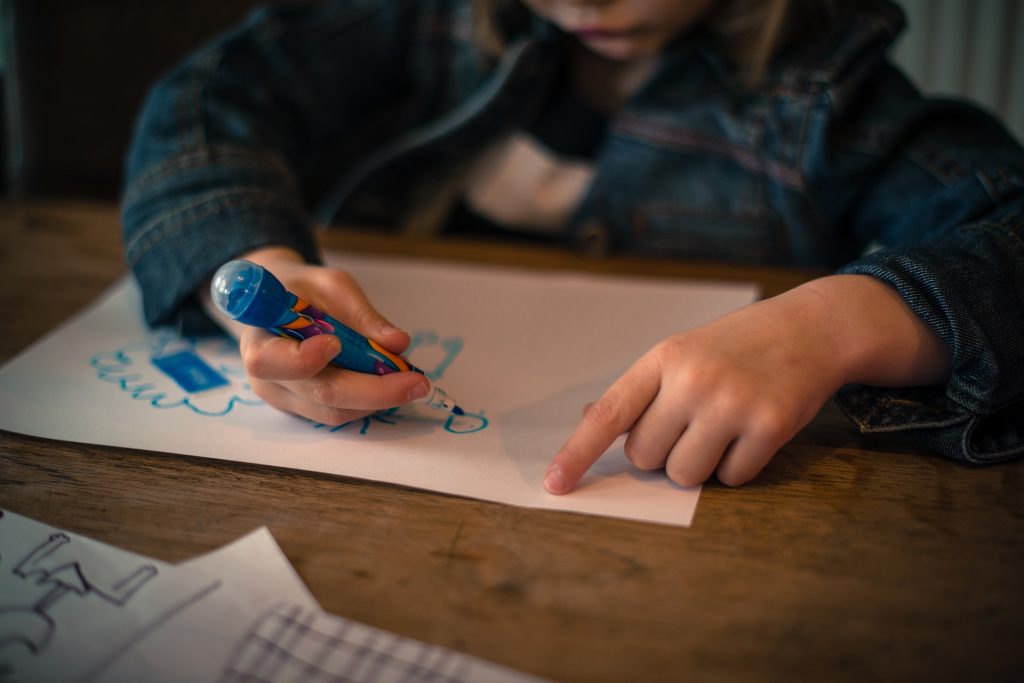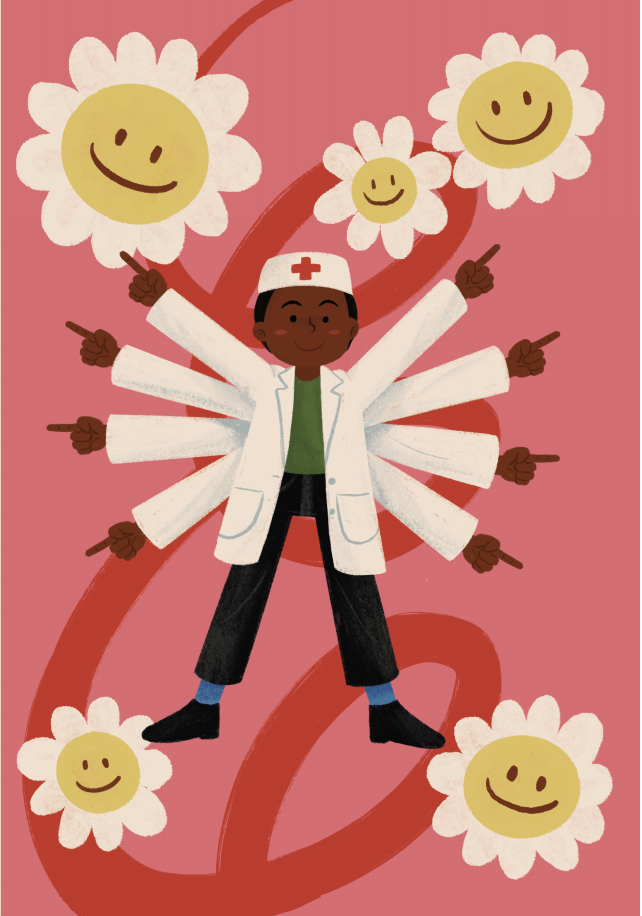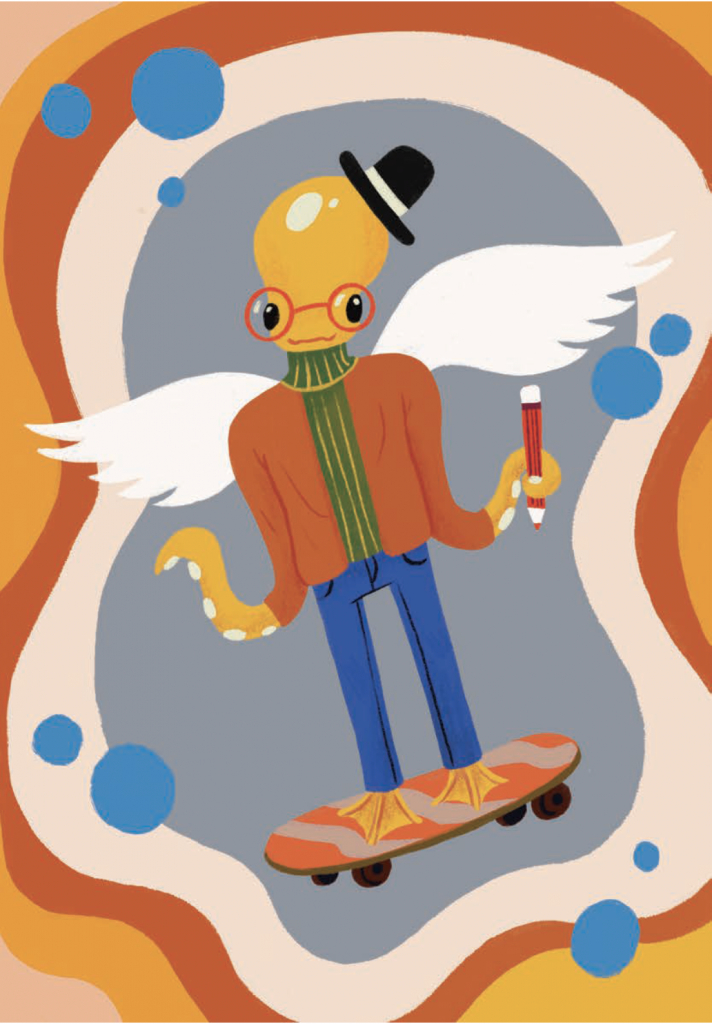 Being admitted to hospital can be a distressing for anyone.
Being admitted to hospital can be a distressing for anyone.
But for young children, the experience can be particularly challenging. They may not understand why they’re in hospital, and being away from their homes and families can be daunting. For their families, it can be difficult to know how to prepare them for a hospital stay. Parents have to understand their child’s treatment or procedure, as well as explain an upcoming hospital admission to their child.
How are children currently prepared for hospital stays?
Hospitals in the UK provide guidance on how to have these difficult parent-child conversations. Many also encourage incorporating ‘hospital play’ into the days ahead of the stay. This involves using toys, games and creative activities to explore fears and misunderstandings.
These interventions can help children understand the procedures they’re going to have, for example by using a medical doll, virtual reality games and videos.
Recent research from the Institute of Global Health Innovation found that although these strategies can help children cope with the hospital experience, once admitted, they offer limited benefits in preparing young patients for the immediate change in environment.
Alongside this research, IGHI Honorary Research Fellow, Lisa Aufegger and PhD student, Khanh Hai Bui have been exploring ways to help better inform children and their families about a hospital stay. Their initial solution was to design a paediatric information platform with children, their families and healthcare staff.
“We realised lots of the platforms out there were used to either to distract children for elective surgeries or engage families right before their child goes for treatment,” explains Aufegger. “There was not much available as a general information tool for young patients before they were admitted to hospital. That was our first observation.”

Keeping children at the heart of the solution
To address this gap, the team held an informal workshop at the Great Exhibition Road Festival in July 2019. Families were invited to offer their opinions on the design of an information platform for paediatric hospitals. This event allowed Aufegger and Bui to understand what families wanted to know about hospital admissions. This ranged from details on procedures, food options for children to policies on overnight stays.
After receiving funding from the NIHR Imperial BRC, Aufegger and Bui ran a second workshop where 13 children with their parents were invited to share their experiences of being admitted to hospital to inform the design of a platform.
This workshop led to three important findings for the team: a solution should prepare children for being admitted to hospital, information should be provided in a child-friendly manner and families should have a connection with healthcare professionals who can answer their queries. An initial design for an informational platform was created with the help of a user experience (UX) designer, but the team felt something was missing:
“During the workshop, the children shared their experiences of hospital admission.
“But the idea of an information platform lacked an insight into these personal experiences. We decided a more imaginative approach was needed,” says Aufegger.

Sharing healthcare experiences through art
Aufegger and Bui decided a more appropriate way to capture children’s experiences would be a drawing competition. After receiving £2,000 from Imperial College London’s Rapid Response Seed Fund, the team set up a superhero drawing workshop. Children aged 5-12 were asked to submit their stories and a drawing of a hero who possesses the superpowers they wish they had when going into hospital. At the event, children were able to draw their ideas with illustrator, Anh Cao.
“We asked the children to write a coherent story about their hospital superhero,” says Bui. “The stories we received were very different but showed the range of ways children interpret their healthcare experiences. Some children submitted poems about their stay in hospital while others spoke about a kind nurse who looked after them.”
From the event, over 100 drawings and stories were submitted which were entered into a competition. 10 lucky children were then chosen to have their artwork illustrated and digitised by Cao. These illustrations have been published in a booklet, called ‘The Magical Hospital’. The team hope to place these booklets in hospitals around the UK which include instructions guiding children on how to draw their own superhero. Aufegger and Bui hope the booklet will encourage children to express their feelings about being in hospital, ultimately helping them to cope with the experience.
“A means to express”

Aufegger and Bui’s project shows how creative expression can be used to share children’s healthcare experiences.
“Children may struggle to vocalise themselves verbally and communicate their feelings. Drawing is a different outlet which gives them a means to express how they feel,” explains Aufegger.
As an illustrator, Cao in particular is an advocate for creative expression in young people: “It’s important for children to have the space to tell their story. A lot of the time, they aren’t asked what they think or feel.”
For many children who participated in the competition, there are some positive benefits they will take away. Bui says:
“We’ve had lots of positive feedback from the participants, including one child, who said: ‘Thank you for this amazing idea. When I go to the hospital, I’ll imagine this superhero to be less anxious and stressed and think of happy thoughts.’”
View the Magical Hospital booklet here.